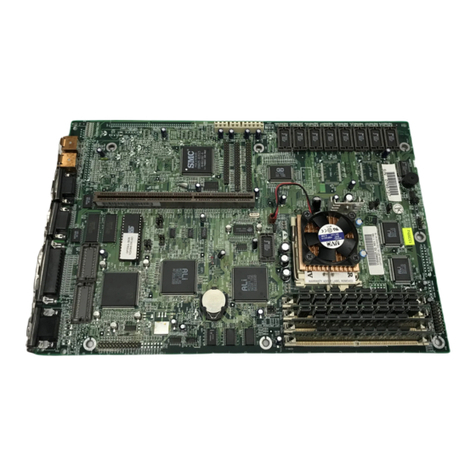Acer V58 User manual
Other Acer Motherboard manuals

Acer
Acer V35N User manual

Acer
Acer Altos 9100 Series User manual

Acer
Acer 930 Manual

Acer
Acer V65XA Installation instructions
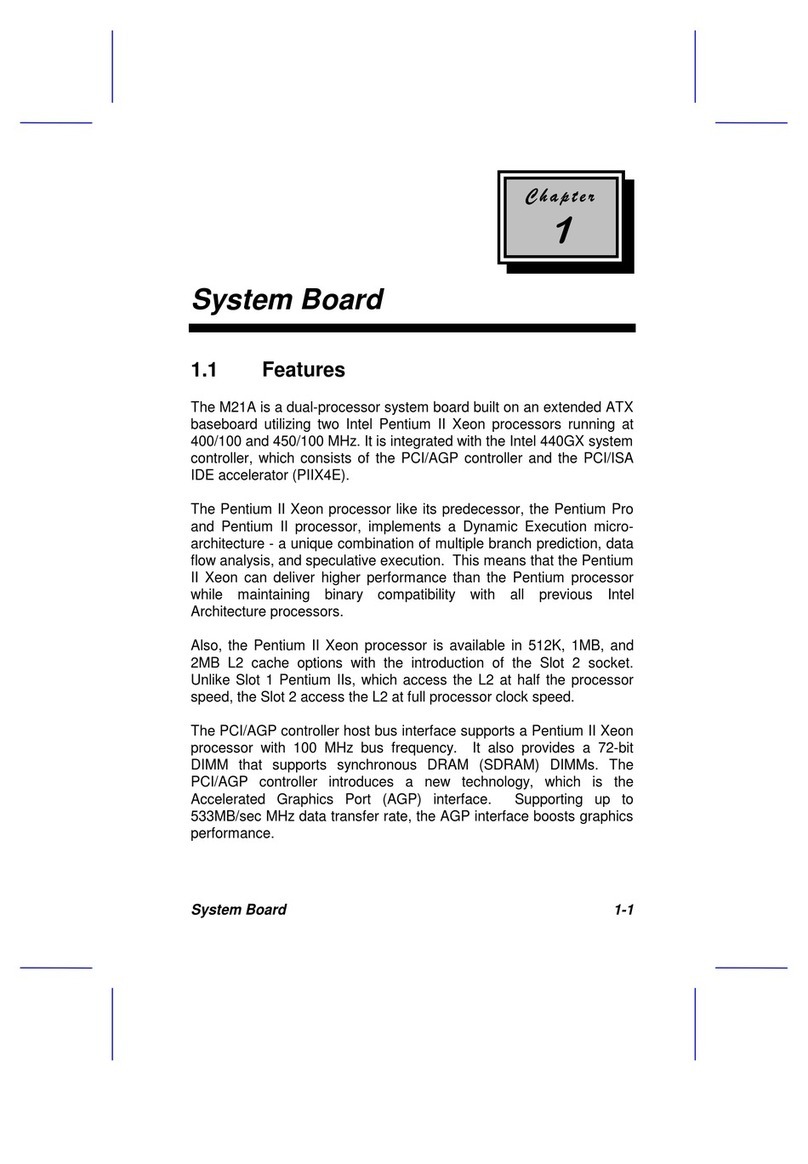
Acer
Acer 12000 User manual

Acer
Acer AcerPower Flex4000 Series User manual

Acer
Acer Altos 1100 Series User manual

Acer
Acer V35X User manual
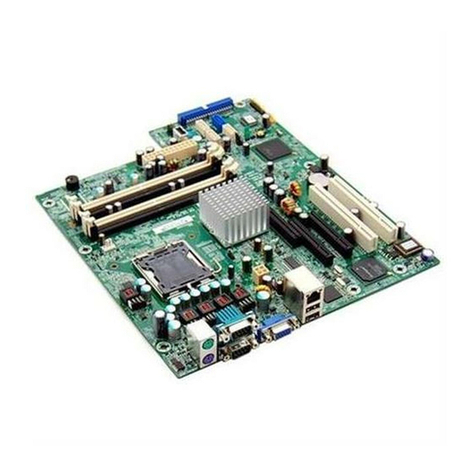
Acer
Acer V56LA User manual
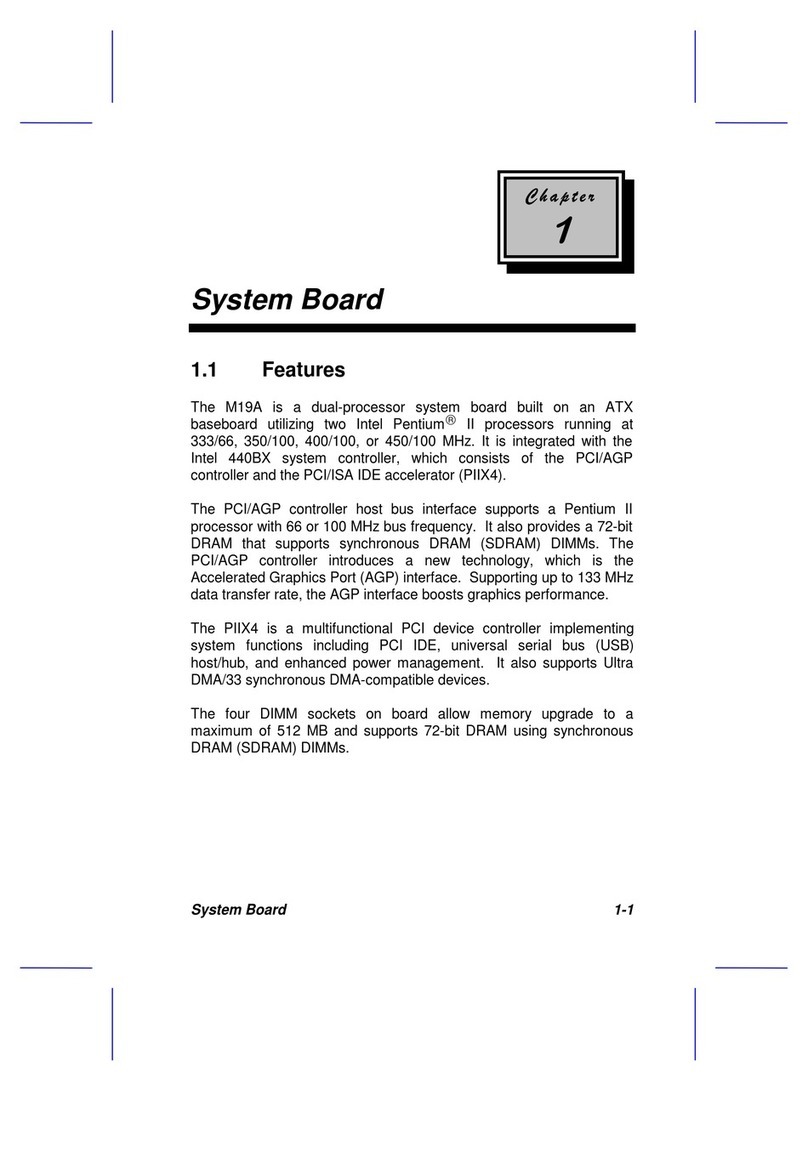
Acer
Acer Ferrari 1100 Series User manual

Acer
Acer V55 System User manual
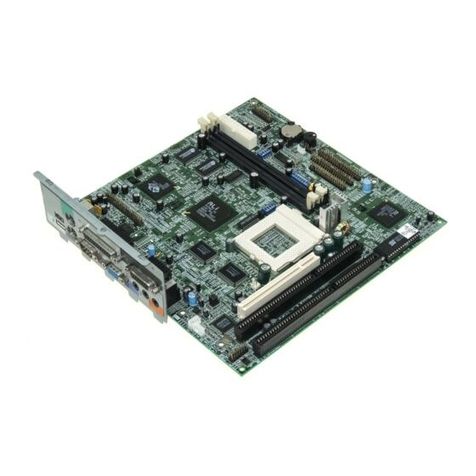
Acer
Acer V70MA Installation instructions

Acer
Acer 370LXB User manual

Acer
Acer Altos 21000 Series User manual

Acer
Acer M9D User manual

Acer
Acer AcerPower 6200 User manual

Acer
Acer AcerPower 3000 User manual

Acer
Acer V38X User manual
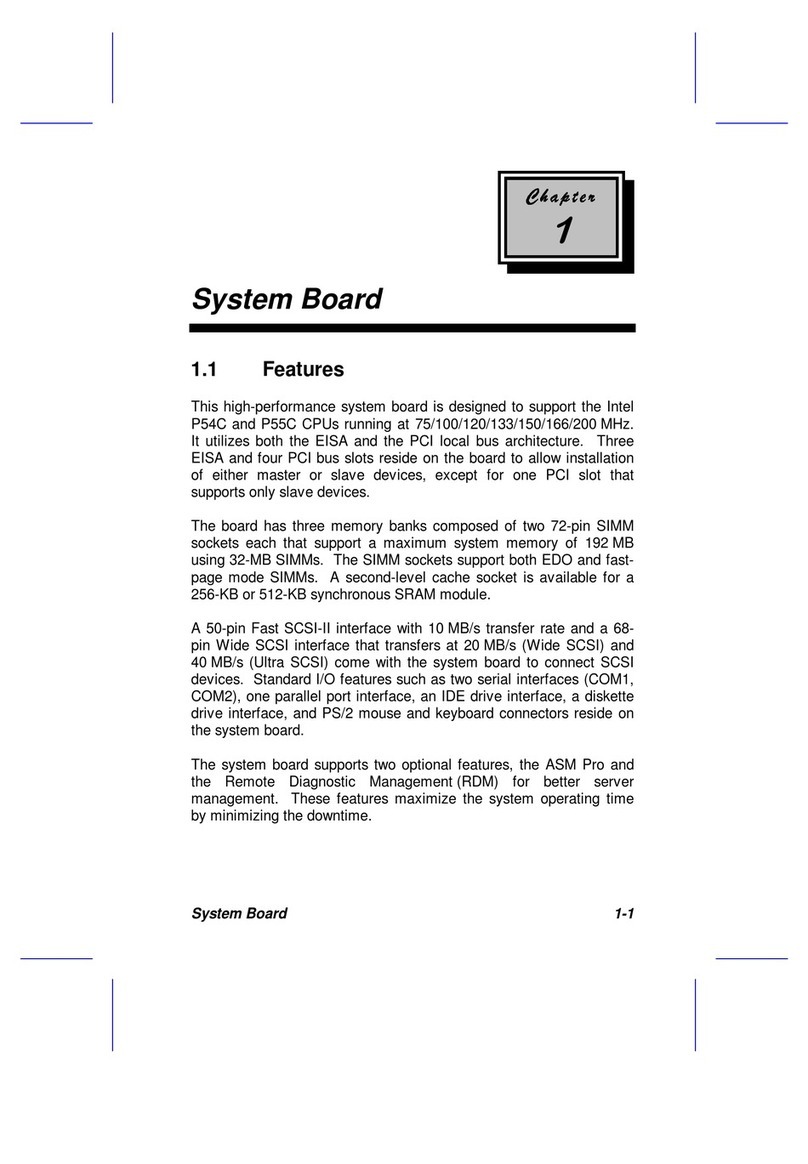
Acer
Acer Extensa 900 Series User manual
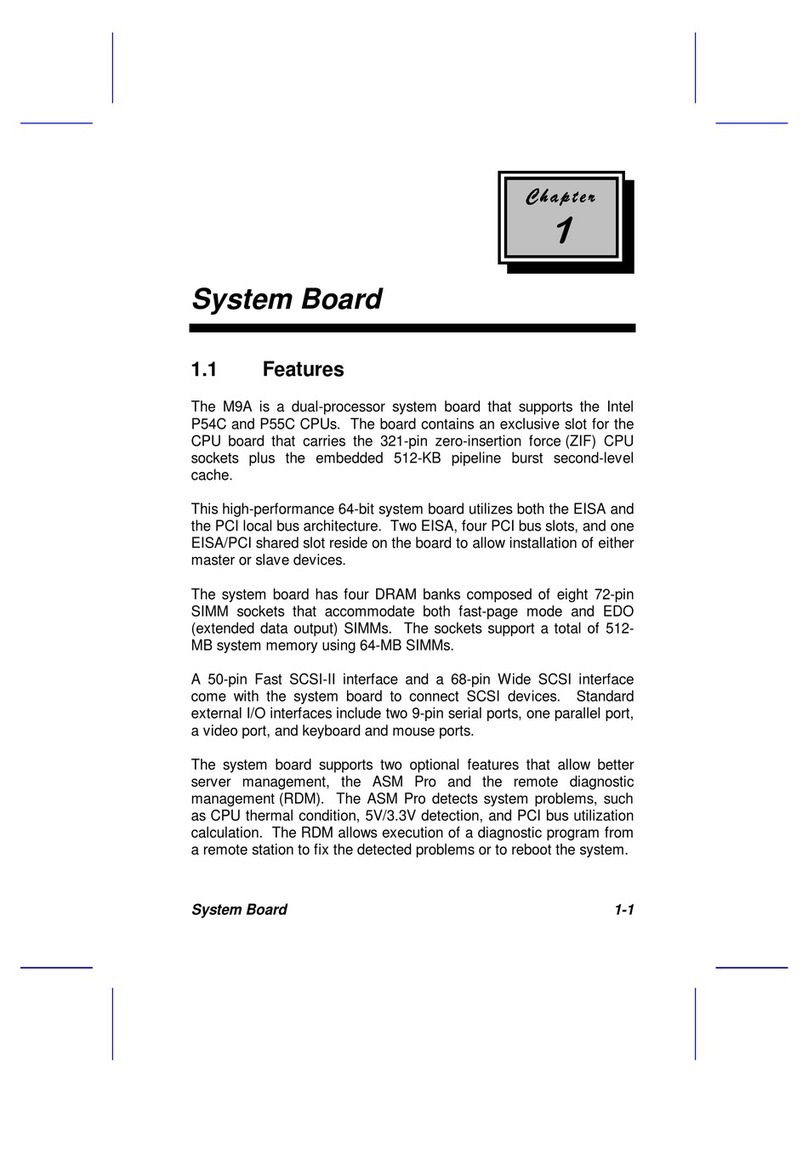
Acer
Acer 9000V User manual

